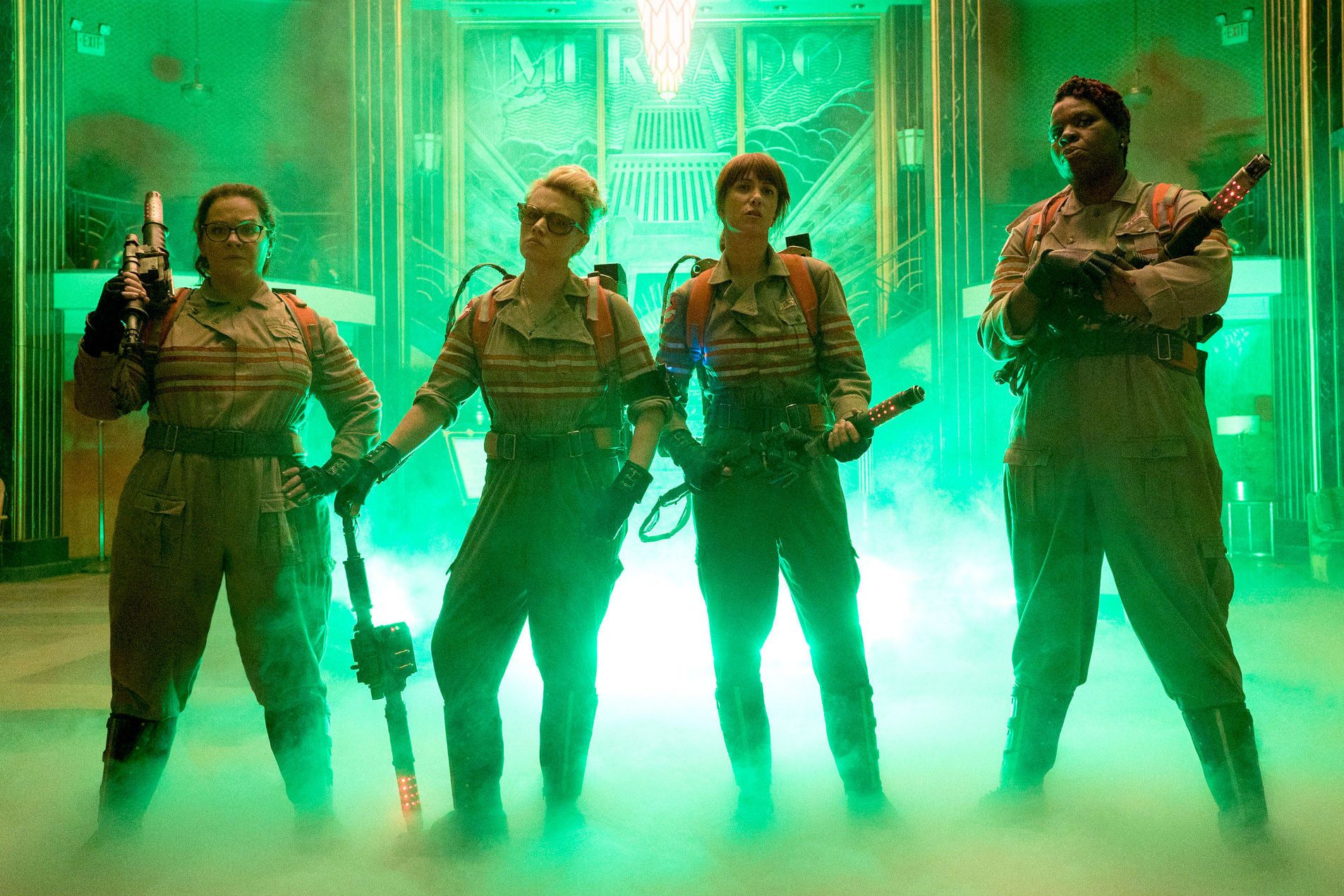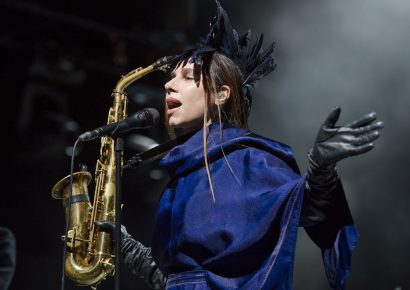How far have we come?
Over the past few years, there’s been a massive push for better female representation in the film industry. We’ve seen an influx of role reversals, with women taking over classic male-led narratives for the likes of Ocean’s 8 (2018) and Ghostbusters (2016) – each met with tremendous pushback – alongside a new wave of anti rom-coms exploring a broader range of female perspectives and characters.
This year looks especially promising for women in film – both in front of the camera and behind the scenes – with the likes of Animals, The Kitchen, Booksmart, The Nightingale, Little Women and The Favourite filling the silver screen. But when it comes to equality in the film industry, where do we really stand?
Female-fronted films were once reserved for “chick flicks” which stood no chance of passing the Bechdel Test, a hallmark standard for gender equality in cinema which uses three measurements. Firstly, the film must contain at least two women. Secondly, they must talk to each other. Finally, they must talk to each other about something other than men. While we’re seeing a refreshing range of narratives and an increase in diversity on the big screen, it still isn’t enough.
The gender pay gap in Hollywood was made glaringly obvious through Forbes’ 2019 lists of the world’s highest-paid actors and highest paid actresses – or female actors, for those not clinging to antiquated terminology – which demonstrated a $33.4 million difference between the top female and top male actors’ earnings.
Further, the top ten highest-earning female actors collectively made a little over half that of the top ten highest-earning male actors ($315 million compared to $600 million). Still, that figure was a 69 per cent increase from last year’s earnings for female actors. We may be seeing improvements, but there’s still a long way to go before any semblance of equality is reached.
According to recent statistics from the Center for the Study of Women in Television and Film, 2019 film festivals have exhibited a historically high number of women working behind the scenes in film. Of this year’s indie films screened at US festivals, women comprised 33 per cent of all directors, 32 per cent of writers, 37 per cent of producers, 32 per cent of executive producers, 29 per cent of editors and 16 per cent of cinematographers. As sad as those numbers may seem, that’s actually a huge increase from previous years.
While the overall statistics look promising in terms of bridging the gender gap, the rise of women in film hasn’t been embraced across the board. Where 45 per cent of the gala films debuted at this year’s Toronto Film Festival were directed by women, the highest percentage in the festival’s 44 years, this year’s Venice Film Festival featured just two female-directed films across its 21 films. Meanwhile, just 20 per cent of the films featured at Cannes Film Festival this year were directed by women, while female-directed films comprised 44 per cent of the titles represented at Sundance.
To put these figures into context, statistics from Inclusion Initiative found that in 2018, women represented just four per cent of directors of the top 100 grossing films and 15 per cent of writers, while 40 of the top 100 films were female-fronted. When considering women of colour, women over 45 and representation for LGBTQIA+ people and women living with disabilities, the statistics are especially bleak – rarely breaking double figures.
While statistics and cinema trends, in hand with movements like #TimesUp and 5050by2020, show a slow but sure renaissance, it’s worth considering the reason for the huge imbalance in the film industry.
Inclusion Initiative also found that in 2017, 76 per cent of the top film critics for the year’s 100 highest performing films were male and 88.8 per cent were white, meaning that the opinions often forming our decisions whether or not to see a film were vastly dictated by that of white men. Similarly, 81 per cent of board members in Hollywood are men. It’s no wonder that the statistics are so skewed when the entire industry is dominated by men.
Still, the shift towards on-screen diversity is palpable and it seems there has never been a better time to be a woman in the film industry.
Never miss a story. Sign up to Beat’s newsletter and you’ll be served fresh music, arts, food and culture stories three times a week.







